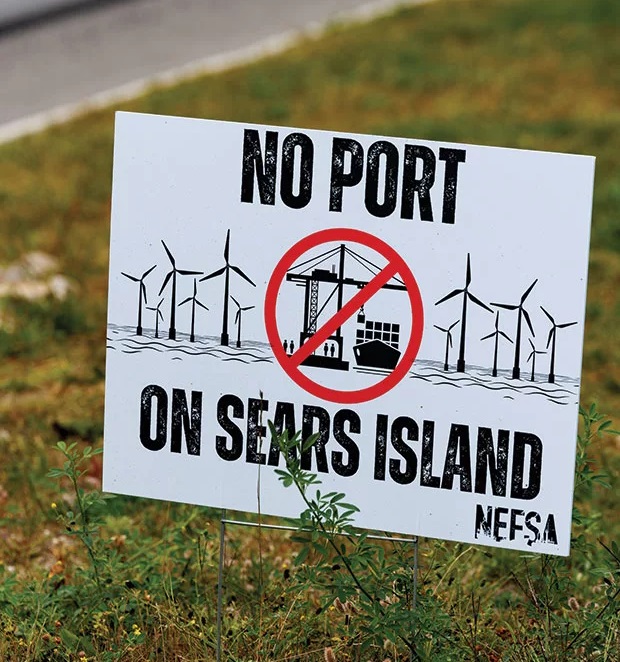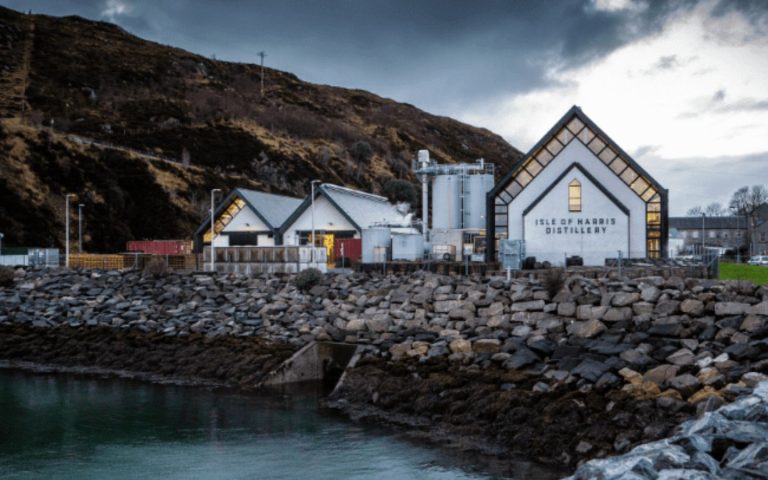Photo by Ryan David Brown. Retrieved from downeast.com
Excerpt from downeast.com
Sears Island is a wooded, egg-shaped piece of land in Penobscot Bay, about the size of New York City’s Central Park. Connected to the mainland via causeway, the island could provide commercial access to one of Maine’s few deepwater harbors, but it remains, improbably, uninhabited and undeveloped. For more than half a century, various efforts to capitalize on the plum location — plans for an aluminum smelter, a coal-fired power plant, a liquified-natural-gas terminal, a nuclear power plant, a cargo port — have all fizzled out. The island’s apparent knack for staying wild has left it the East Coast’s largest car-accessible island still undeveloped — an enduring sanctuary for plants and animals and an enduring target of industrial interests. One night this summer, more than a hundred people packed into a school gymnasium in Searsport, the midcoast town in which the island lies, to hear about the latest idea: turning Sears Island into a production hub for gigantic floating wind turbines.
In February, Governor Janet Mills had announced that the state, which owns Sears Island, had chosen it as the best place for a wind-turbine port and manufacturing plant. The facility would cover 100 acres, or about 10 percent of the island. In the school gymnasium, it didn’t take long for the shouting to begin. Matthew Burns, executive director of the Maine Port Authority, a state agency that, along with the Maine Department of Transportation, is spearheading the project, kicked off proceedings by presenting a status update. After that, Burns would answer some 75 questions submitted in advance by the public. In-person questions and comments wouldn’t be taken.
“You don’t want to answer our questions, do you?” someone shouted, interrupting Burns as he detailed the millions of dollars in federal and state funding available for such a project. “You’re just going to ramble on. You want to shove this down our throats!”
“Folks, this is a presentation,” Searsport town manager James Gillway interjected, in an effort to maintain order. “Let’s get through that and get to the questions.”






















